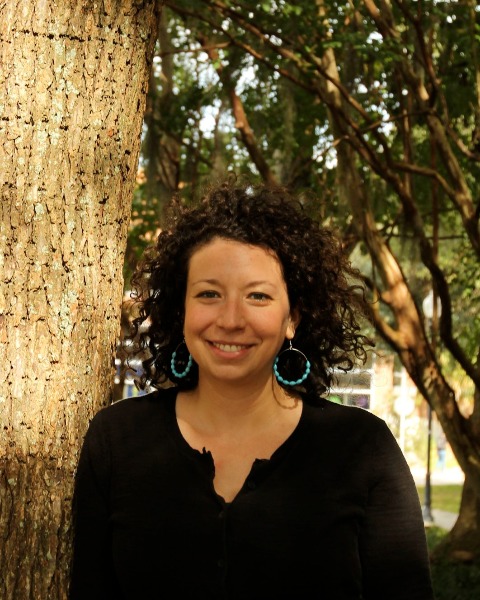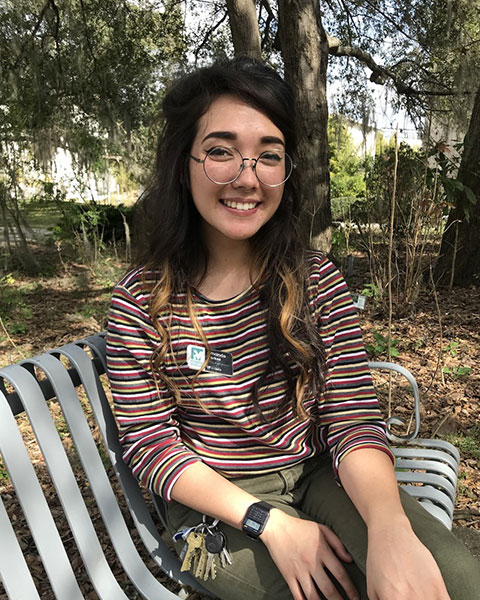Systematics, Evolution, and Biodiversity
Student Competition 10-Minute Paper
Range-wide population structure of the frosted elfin butterfly (Callophrys irus)

Christian Couch
Undergraduate Student
University of Florida
Gainesville, Florida
Caroline Storer
Faculty
University of Florida
Gainesville, Florida
Amanda Markee
Graduate Student
University of Florida
Gainesville, Florida- KR
Kristin Rossetti
University of Florida
Gainesville, Florida - GH
Geena Hill
Florida Natural Areas Inventory
Tallahassee, Florida 
Jaret Christian Daniels
University of Florida
Gainesville, Florida
Presenting Author(s)
Co-Author(s)
New advancements in non-invasive genetic sampling have allowed scientists to study the population structure of rare and at-risk insects. These advancements include sampling egg case debris, laravel exuviae, and frass for DNA extraction, which is especially useful when sampling from species that may be at risk or in need of further conservation. Callophyrs irus, or Frosted Elfin, is an at-risk butterfly species (Lepidoptera, Family: Lycaenidae) found throughout the eastern United States. Here, we determine the population structure for C. irus using non-invasive sampling and multi-gene Sanger sequencing. Collaborators collected 160 leg, egg case, and exuviae samples from different locations across the butterfly’s range for genetic analysis. DNA was successfully extracted, and the mitochondrial COI and nuclear genes EF1-a and CAD successfully amplified for 50 samples. This Sanger sequencing data can help determine population structure and diversity, and inform conservation and management of this species. We demonstrated that it is possible to extract DNA from samples that included egg casings, and portray the value of non-invasive sampling for examining population structure of a rare butterfly.


